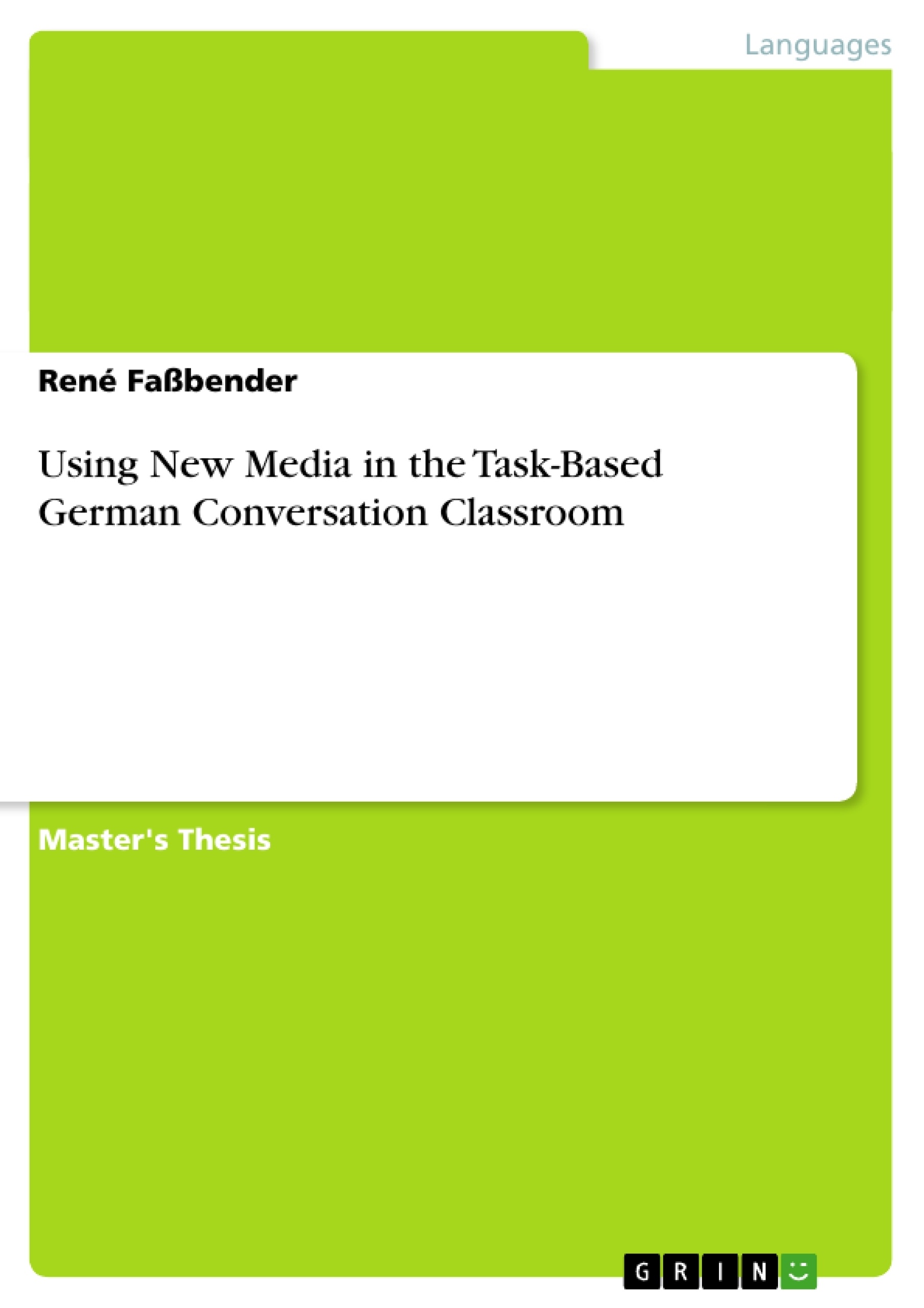The main purpose of this study is to demonstrate how new audiovisual media, such as YouTube, can be effectively combined with task-based teaching approaches for communicative language teaching at the advanced level.
Based on an examination of prior research, this study generates a set of criteria which are essential to the development of task-based units that utilize authentic video material to increase students’ cultural awareness and communicative skills.
The proposed sample units serve as models for instructors to use the presented criteria for the creation of further language activities and units that will effectively incorporate new media and task-based teaching within an engaging, student-centered learning environment.
Inhaltsverzeichnis (Table of Contents)
- Introduction
- Background of the Topic
- Statement of the Problem
- Purpose of the study
- Definition of Terms
- Review of the Literature
- Movies in the SL Classroom
- What Makes Movies Useful for SL Teaching
- Video Material as a Window to the Target Culture
- The Value of Video Material for SL Acquisition
- Movies and Student Motivation
- How Can Movies be Used in the Classroom?
- Useful Standards and Teaching Approaches
- Conclusion
- Method
- Implications
- Set of Criteria
- Application
- I. Tor des Monats (Goal of the Month)
- Pre-viewing Phase
- Viewing Phase
- Post-viewing Phase
- Application of Criteria
- II. Ein Bewerbungsgespräch (A Job Interview)
- Pre-viewing Phase
- Viewing Phase
- Post-viewing Phase
- Application of Criteria
- III. Umweltbewusstsein (Environmental Awareness)
- Pre-viewing Phase
- Viewing Phase
- Post-viewing Phase
- Application of Criteria
- Discussion
Zielsetzung und Themenschwerpunkte (Objectives and Key Themes)
This study aims to demonstrate the effective integration of new audiovisual media, specifically YouTube, with task-based teaching approaches for advanced-level communicative language teaching. It examines existing research to establish criteria for developing task-based units using authentic video material to enhance cultural awareness and communicative skills. The study then proposes sample units as models for instructors to create similar activities.
- Integration of new media (YouTube) into language instruction.
- Application of task-based teaching methodologies.
- Enhancement of cultural awareness through authentic video materials.
- Development of communicative skills in advanced language learners.
- Creation of engaging, student-centered learning environments.
Zusammenfassung der Kapitel (Chapter Summaries)
The Introduction lays out the study's purpose and defines key terms. The Literature Review examines existing research on using movies and video in language classrooms, addressing their effectiveness, pedagogical approaches, and cultural impact. The Method section details the criteria developed for creating effective task-based units using new media. The Application section presents three sample units illustrating the application of these criteria: "Tor des Monats," "Ein Bewerbungsgespräch," and "Umweltbewusstsein," each detailing pre-viewing, viewing, and post-viewing phases and the application of the established criteria.
Schlüsselwörter (Keywords)
Task-based teaching, communicative language teaching, new media, YouTube, authentic video materials, cultural awareness, communicative skills, advanced language learning, student-centered learning.
- Quote paper
- René Faßbender (Author), 2008, Using New Media in the Task-Based German Conversation Classroom, Munich, GRIN Verlag, https://www.grin.com/document/124519



